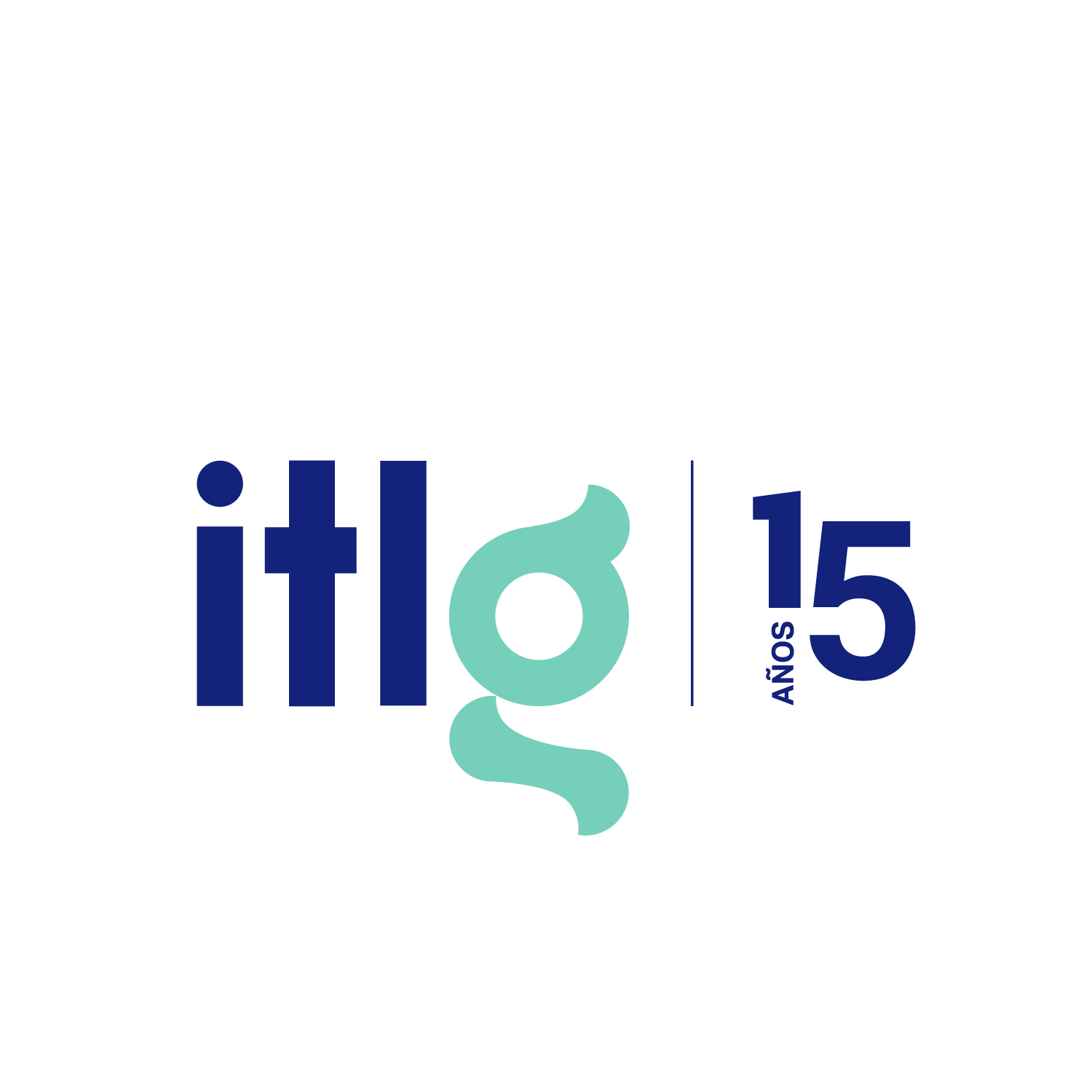Mergers and acquisitions have always been complex. But of course, with digital transformation advancing rapidly in all business sectors, these processes have become even more complex because the amount of information has multiplied. In this conversation, Luis María Constantini, CEO & Founder of ITLG, brings us an example of M&A to help us think about how to define a migration master plan.
Merger and acquisition of companies: what is M&A?
Although they tend to be highly complex and nuanced processes, mergers and acquisitions can be easily defined by their name. When we see that one company absorbs another in its entirety, merges with it or incorporates a good part of its shares or assets, we can say that we are dealing with an M&A.
These are processes that are becoming increasingly frequent and, like many others, they have been accelerated by the pandemic and are moving more and more money. According to a study conducted by Fortune magazine, in 2021 mergers and acquisitions moved 158% more capital than in 2020.
In order to fully understand what each of these processes entail, we talked to Luis María Constantini, Founder & CEO of ITLG, who focuses on the difference between mergers and acquisitions, and also on the reasons behind them.
“It is clear that mergers and acquisitions are different processes: in an acquisition, it’s one company that advances over the other, incorporating a good part or the entirety of its assets, its facilities and its client portfolio, if any,” explains Constantini, who also states that a whole article could be written solely on the reasons for promoting an acquisition. He explains that “What usually happens is that the company that is acquiring another seeks to expand its market or take over a specific asset of the acquired company.”
A merger, on the other hand, implies an equitable relationship between the organizations implementing it. In this sense, the CEO and founder of ITLG explains that “There is always a third company that arises out of this merger, and the reasons may be similar to those of an acquisition, although at this point, I would add the streamlining of processes as a key item.”
If we think about streamlining, it is because year after year, mergers and acquisitions involve increasing volumes of information. This, of course, makes them more complex, however the time available to execute them often does not increase to the same extent. How to solve this dilemma? Constantini discusses this below.
Mergers & Acquisitions: increasingly complex processes
So far, we have referred to the concepts of M&A, the reasons that can lead to them and the main advantages that these processes can bring to companies. But as we said before, these processes also involve (ever-increasing) challenges.

In this regard, Constantini states that “mergers and acquisitions imply a huge flow of data, from data involving the client to the internal data that is specific to each company.” He adds that as organizations handle larger amounts of information, this data also multiplies, as described in this article in our blog.
A good example is prepaid medical companies: before, they only had to manage the contact details and medical history of their members, but now they must also deal with consultations and appointments in networks and apps. All of this also adds complexity to any process involving that information and its manipulation.
A First-Hand Experience in Mergers & Acquisitions: How do you define an action plan?
“When thinking about a merger or acquisition, we are facing a process that will take at least 3 to 4 years,” says Constantini, drawing from his extensive knowledge in the field. With that as a starting point, he tells us about one of the most challenging professional experiences that he had to go through.
“A few years ago, ITLG was approached by one of the most important banks in the world. Its branch in Chile was about to undertake the acquisition (in that country) of another leading global bank,” recalls the man who took the lead in a process that involved a wide range of steps.
In short, Constantini reviews and shares the first step that, indisputably, any M&A process must include. Firstly, an agreement must be signed. That very signing, which implies multiple approvals and usually involves the legal teams of each company, is a process in itself. “In this instance, the two banks (and their branches) continue to operate separately, even though the merger has already been signed,” he says.
ITLG’s CEO emphasizes the fact that one bank M&A case should not be extrapolated to all others because each bank and each process has its own characteristics. But he also states that usually around the third year of the process, one of the two banks is completely absorbed by the other and all of the employees already belong to it. “But with one particularity,” he interrupts, “the two banks’ systems continue to coexist separately.”
He says that it is only in the fourth or fifth year that the migration of information usually takes place effectively. When the data contained in both systems is transferred to a single one of them, then we can consider that the process has been completed and that the two banks are finally one. “These estimated times were met in the case that I want to discuss,” says Constantini, expanding on that experience.
“The first thing, as usual, was to define a strategy for the integration/migration/merger of both organizations at the IT level, aligned exactly to the timing and goals of the Master Plan that was created jointly by every area.” Moreover, it was key to establish which of the two core banking systems would remain in force, as well as exactly when the information would be transferred from one system to the other.
With that in mind, Constantini says the following: “Many processes linked to the operations and transactions that these banks carry out every day and that are fully automated had to be stopped in order to transfer the data manually and then resume that automation.” That key moment when everything is activated again is what is usually known as “D-Day.”
From the very beginning, says Constantini, “at ITLG we were already designing this consolidation of banking and information systems, which would only be implemented in the fourth year.” What does this mean? A comprehensive evaluation of the technologies implemented by each bank when handling its data, mapping all the information that each one has.
Earlier on we asked ourselves the question: How do you define an effective master plan to carry out an M&A process? The answer, according to the CEO and founder of ITLG, depends on each particular case, on the size of the systems to be evaluated and integrated, and on the amount of information involved. “But one thing is certain: before the migration, it is essential to carry out this information mapping to be clear about which platforms of each banking system will continue to be used, which ones will not and, of course, to establish a precise action plan with which everyone is aligned,” he says.
In a case of acquisition and merging, he states that having “a plan with which we are all aligned” is the key, and achieving that is also part of the work he offers and proposes at ITLG. It is about developing a cultural assessment and an evaluation of the work methodologies of both organizations in order to integrate people into the process and walk them through it so that when “D-Day” arrives, nobody is left behind. That’s what it is all about.
———–
There is a team of experts ready to help you with your company’s digital transformation in a personalized and comprehensive way. Contact us by clicking here.
